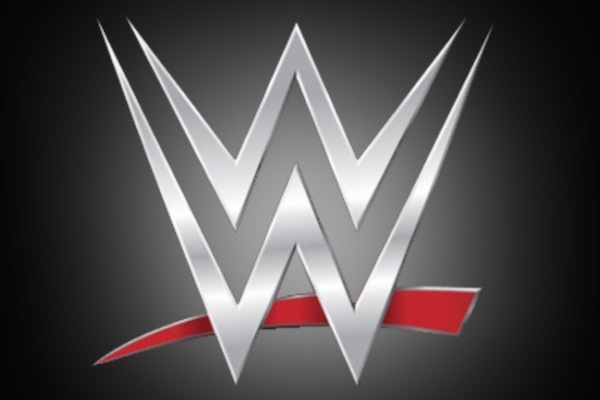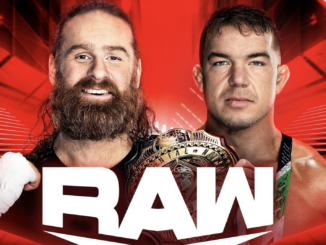
SPOTLIGHTED PODCAST ALERT (YOUR ARTICLE BEGINS A FEW INCHES DOWN)...
One of the key reasons why WWE is able to go live with Smackdown on Tuesday nights starting in July is a major upgrade to their TV production capabilities.
SportsVideo.org published an interesting article on WWE upgrading their on-site production with new “state-of-the-art NEP production trucks.”
WWE executive Duncan Leslie said WWE outgrew their previous NEP mobile units due to the growing WWE Network requirements for live satellite feeds and the ever-growing WrestleMania live event.
“It’s very exciting, and it’s very rewarding to have these new platforms. We knew that we had maxed out Red and Black and needed to expand. Now we can give production the professional workspace and technical firepower that they deserve,” says Duncan Leslie. “It was a very organic build and a real team effort between WWE staff, NEP, freelancers, and vendors from start to finish because of the complexity involved. That allowed a pretty seamless transition and some brand-new systems to be introduced.”
The new fleet of production trucks were introduced on April 25 for a Raw TV taping. Part of the transition was going to a tape-less recording set-up.
“The move from tape to tapeless was a process,” said Glen Levine of NEP, “and a joint venture between the guys in the field, our integration department, and their organization in Stamford. But that workflow is totally new to them and somewhat unique to an entertainment-style client.”
Another challenge was transitioning to new the fleet of production trucks with all kinds of new bells & whistles and capabilities was keeping the same process in-place for everyone to work together.
“WWE does an awful lot of television shows throughout the year. They don’t like change because they’re a very well-oiled machine,” said Levine. “They go into venues in the morning, do massive productions, and then get out in the evening and go to another city. So, from a production standpoint, they were looking for minimal change. There was a lot of focus on keeping things very similar for the producer and the director but still adding to the areas that were in need of expansion, especially graphics and replay, which have become a big part of their show.”
The other key was making the trucks suitable for even more Network programming delivery as part of WWE’s long-term content strategy.
“WWE Network had a big impact on [the truck design],” said WWE executive Mike Grossman. “The network requires a pretty significant amount of shoulder programming, and we also had to expand our production capabilities in terms of multi-languaging. We’re even expanding what we do with our core product as well as all these other ancillary shows we’re adding. The new trucks have helped us accommodate a lot of that.”
All of the changes were necessary, especially if WWE was going to add two hours of live programming to the weekly schedule, as opposed to just taping Smackdown on Tuesday nights.
“The overall WrestleMania scope has grown outside of just one show; it’s now a number of shows across the region where it is held, and they are managing dozens of inbound and outbound [feeds],” said Levine. “So the trucks started to explode at the seams over the past couple years, and the infrastructure just wasn’t supporting it. After lots of discussion, it became apparent that there were better-streamlined ways to do things for future growth.”
It helps that WWE has locked in key TV agreements in the U.S. and internationally that will kick in millions of dollars in 2016, 2017, and beyond to pay for the production upgrade.




Leave a Reply
You must be logged in to post a comment.